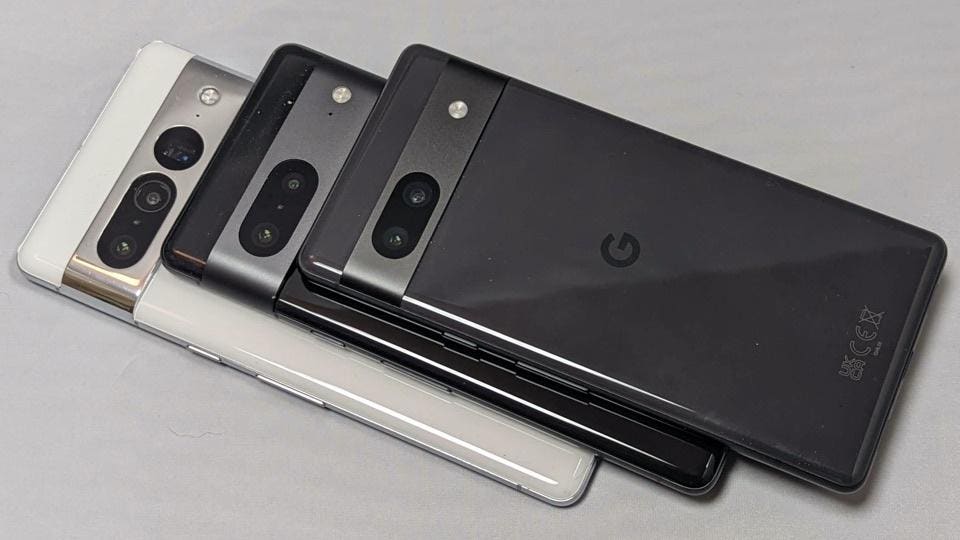Google is preparing to launch the third generation of its revitalised smartphone program with the Pixel 8 and Pixel 8 Pro later this year. The Pixel line plays an important piece in Google’s Android story by illustrating what the company believes smartphones, tablets, and wearables can offer.
They’ve proved surprisingly popular with the public with some notable successes worldwide, such as Japan, where the Pixel is the number two smartphone brand. The Pixel hardware clearly reflects Google’s decisions for its Android platform. This is why the latest leaks around the Pixel 8 and Pixel 8 Pro are exciting; they offer the clearest view into Google’s smartphone world.
It’s worth noting that the most significant visible change may be the one that makes the Pixel 8 Pro smaller. Google is removing the curved edges from the display and giving this year’s model a flat panel with a slight drop in size that should result in a millimeter or two smaller handset. Maybe not enough to make a huge difference but enough for marketing to say that the phone is smaller.
The first significant change is inside. Google will be launching its third chipset for mobile devices with the Tensor Mobile G3. Building on the two previous designs, the G3 will switch to the more recent ARMv9 cores from 2022. This should offer parity between the G3 and other leading chipsets such as Qualcomm’s SnapDragon 8 Gen 1 series.
The competition is moving towards ARM v9.2 and will have a direct performance advantage. However, as with the G1 and G2, Google will be relying on the hardware support for AI and ML routes allowing those processor-intensive tasks to run faster and more efficiently.
Photographers will have seen the Tensor Mobile power the new editing tools for pictures, including the Magic Eraser to remove unwanted objects from a snapped picture and Photo Unblur to undo the impact of a shaky hand when taking an image.
Videographs will join the AI and ML editing club with a new feature debuting on the Pixel 8 Pro. This week, a leaked promotional video demonstrated the Audio Magic Eraser tool. It shows a video being analysed and at least three filters on screen (noise, people, and music) alongside a sliding scale, presumably for the strength of the filter.
Audio Magic Eraser could sit alongside the previously discovered Video Unblur feature. A close examination of Android application packages revealed the latter in March, although the feature is not yet available.
The other leaked specification worth noting is in the storage available. There have been several discussions on Google’s inclusion of a 128 GB model; with so much focus on multimedia, this feels like a glaring omission by some. It will reduce the entry-level price, helping the marketing of the handset family, and make the Pixel technology affordable when household budgets are being squeezed worldwide.
The 128 GB model is not for you if you are heavily into media creation. But it’s also not the only model. Google will offer the Pixel 8 Pro in two other options, one with 256 GB and one with a massive 512 GB.
Google’s Pixel 8 Pro is very much an interaction on the Pixel 7 Pro; the processor is being brought up to date with newer technology, the software is building on the features from previous models and bringing photo editing to video editing, and Google is ensuring the core specifications offer a great device across the full portfolio.
The Pixel 8 Pro is expected to launch alongside the Pixel 8 later this year.
Now read the latest Pixel headlines in Forbes’ weekly Android Circuit news digest…
Read the full article here










